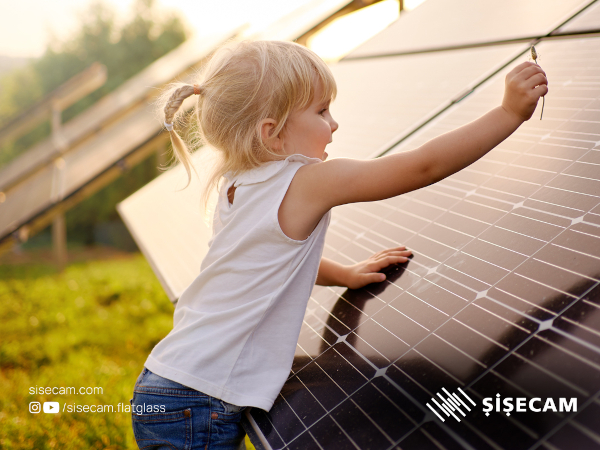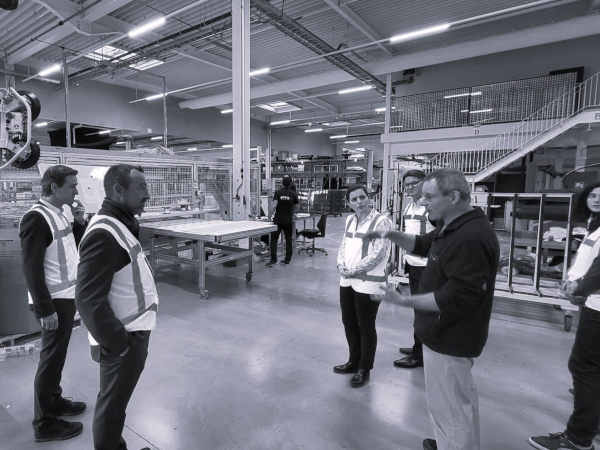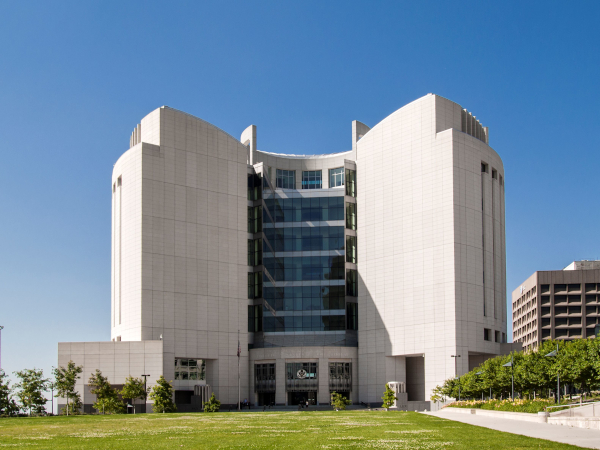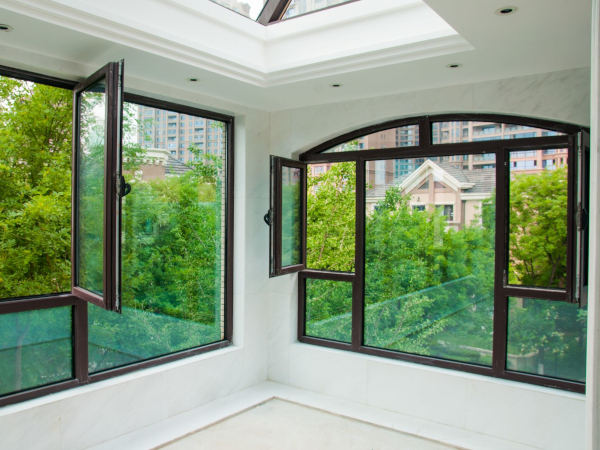Date: 5 August 2014
Details of the report including a downloadable excerpt are available at: http://nanomarkets.net/market_reports/report/bipv-markets-analysis-and-forecasts-2014-2021About the Report:NanoMarkets’ new report broadly segments the market into glass and non-glass products.We track the evolution of BIPV glass technologies and products, exploring the potential of current technologies to evolve further as well as their limitations, with emphasis on the need for better materials and technologies. Future technology candidates such as thin films, dye-sensitized (DSC), and organic cells (OPV) for BIPV glass also are evaluated. The report also discusses the characteristics and market potential of non-glass BIPV roofing and wall systems, and how these emerging non-glass BIPV products are changing the face of present-day BIPV glass products.
This report provides coverage of the markets for all the materials listed above with granular eight-year forecasts in both megawatt (MW) and dollar terms for BIPV products, with breakouts by end user, type of product, and type of PV technology. The report also provides in-depth analysis of the all the leading firms involved in the BIPV space.
Companies discussed in this report include Acomet Solar, AGC Glass, ArcelorMittal, Avancis, Belectric, CertainTeed, Derbigum, Deutsche Amphibolin-Werke (DAW), Dow Solar, Dyesol, Exeger, Flexcell, Folienwerk Wolfen, G24, G2e, H+S Solar, Hanergy, Heliatek, HyET Solar, Manz, Meyer Burger, Onyx Solar, Oxford Photovoltaics, Pilkington, PolySolar, Rofin-Baasel Lasertech, SABIC, Sekisiu Heim, Smartenergy Renewables, Solar Frontier, Solon Solitaire, Soluxtec, Skyco Shadings, Solaronix, and SwissInso.
Highlights from the report:
- New technologies, from cell designs to materials, such as PERC, metal wrap-through, perovskite, and smart wire connections, are expected to increase the efficiency and consequently marketability of BIPV products. Encapsulation is a key area of improvement, especially for BIPV glass.
- Multifunctional BIPV will be perceived as a better return on investment and justify the higher costs. Examples include semi-transparent arrays of crystalline cells for diffused natural lighting, roofing systems addressing details such as flashings, capping, and roof penetration, and hollow glass to provide heat and sound insulation.
- Standardization will help reduce the complexity (and thus costs) of BIPV installations; this already has made headway into products such as roof tiles and shingles in UK.
- BIPV's selling points, aesthetic appeal and flexibility, continue to improve. Development advances range from frameless BIPV modules offering uniform color and variety in form and structure, including transparency and curvature. c-Si can be thinned to become flexible like metal foil, enabling curved panels for vaults or windows; CIGS and CdTe thin-film PV technologies also address flexibility.
- A CIGS revival is emerging amid increased efficiencies and reduced production costs -- which combined with its qualities of flexibility and light transmission are especially suitable for BIPV applications. Dye-sensitized and organic solar cells (DSC/OPV) technologies also are expected to gain ground in BIPV due to their low-cost processing on glass and performance in less-than-ideal light conditions.
- Monolithically integrated roofing, in which there's no clear distinction between the energy and roofing subsystems, still hasn't really emerged, though there are monolithically integrated modules available. Ultimately NanoMarkets sees BIPV moving towards fully integrated roofing systems, though we still don't see this happening in the next few years.
- BIPV: What’s Old is New Again While the vast majority of BIPV revenue will come new construction over the next several years, NanoMarkets predicts the burgeoning market for retrofit BIPV, building add-ons such as awnings, balconies, and additional stories, will catch up to new construction by the end of the forecasting period. In Europe, demand for BIPV lies in the retrofit market; NanoMarkets believes in a few years its market share will go up to 40%.
About NanoMarkets:
NanoMarkets tracks and analyzes emerging markets in energy, electronics and other area created by developments in advanced materials. The firm is a recognized leader in industry analysis and forecasts of the BIPV sector and the PV sector more generally. Visit http://www.nanomarkets.net for a full listing of NanoMarkets' reports and other services.
Contact:
Robert Nolan
NanoMarkets
(804) 938-0030
rob@nanomarkets.net







Add new comment